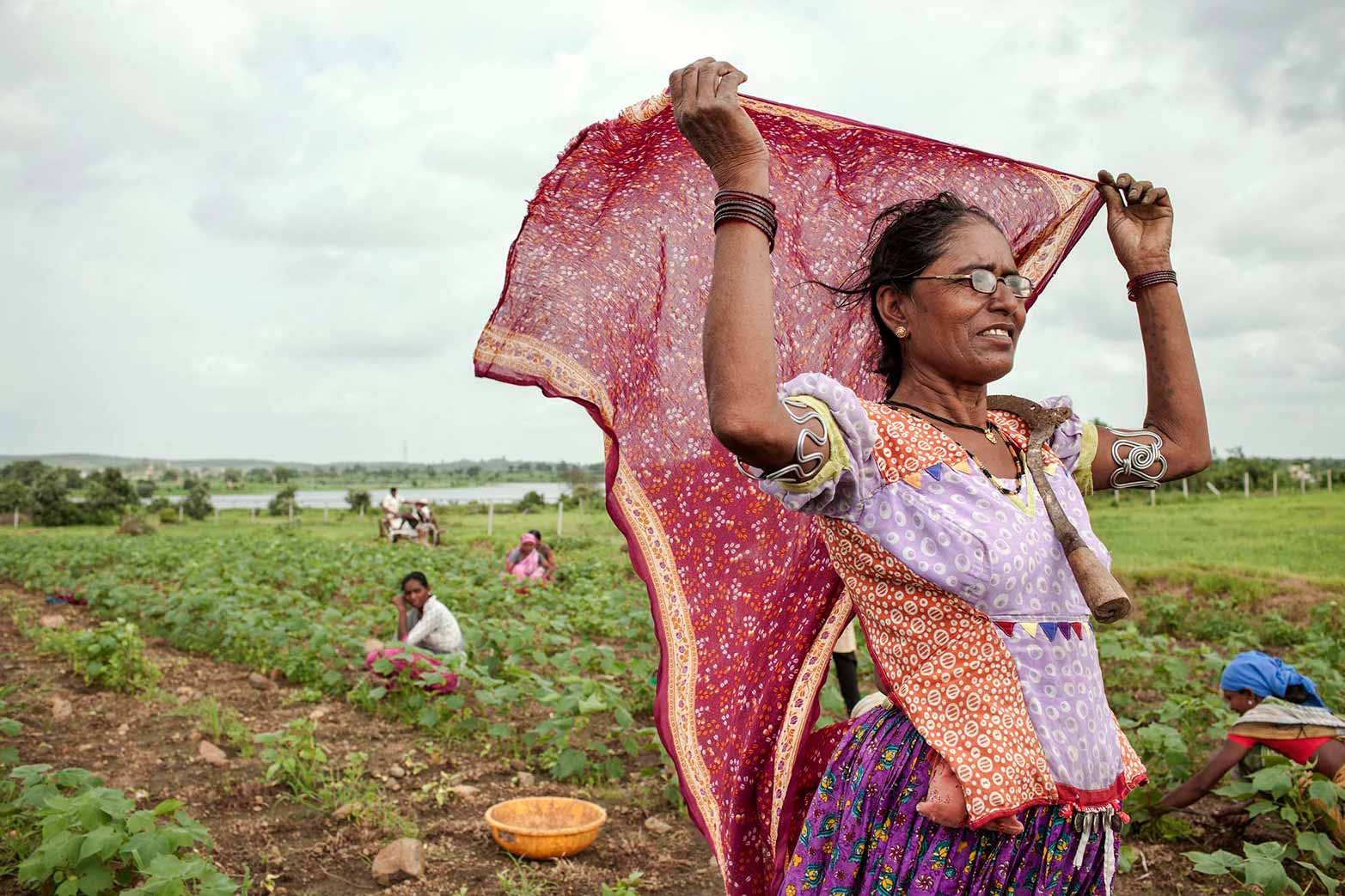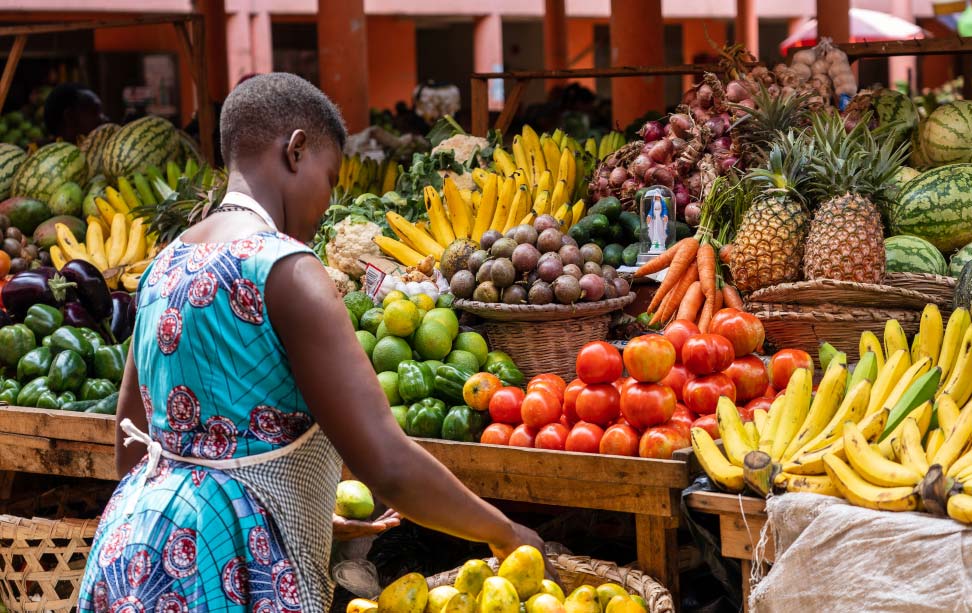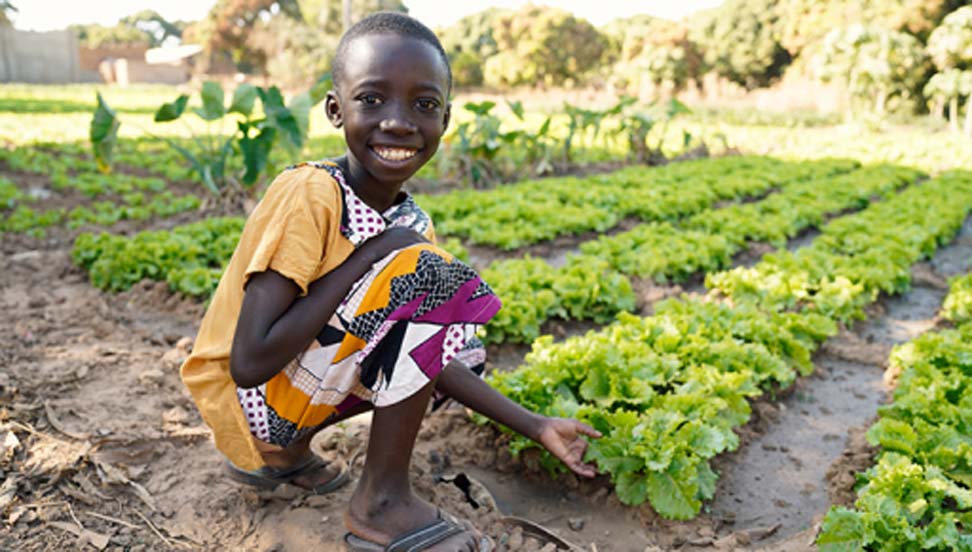
IFPRI Publications: Reports
Explore Our Latest Reports
By Title By Author By Country/Region By Keyword
Report
IFPRI strategy for engagement with CAADP 2026-2035: Supporting implementation at regional, sub-regional, and national levels
Report
IFPRI Malawi monthly maize market report, February 2025
Report
Experiential learning tools for sustainable water management [India]
Report
Resilient Cities urban nutrition profile: Kenya
Report
Cost effectiveness of anticipatory action: Lesotho, Madagascar, and Mozambique
Report
IFPRI Malawi monthly maize market report, January 2025
Report
Completion report: Agricultural transformation and market integration in the ASEAN region: Responding to food security and inclusiveness concerns
Report
Synthesis report: Agricultural transformation and market integration in the ASEAN region: Responding to food security and inclusiveness concerns
Report
Farmers brace for a new round of trade wars
Report
IFPRI Malawi monthly maize market report, December 2024
Report
Strategic modeling for future agriculture in Asia
Report
Capacity assessment to support food systems transformation towards sustainable healthy diets in Bangladesh: Exploring the capabilities of the SHiFT strategic partners
Report
Real-time media analysis using large language model (LLM) for the top 5 prioritized pests and diseases
Report
Innovations in low-income country food systems
Report
2024 China and global food policy report: Building a sustainable and diversified food supply to foster agrifood systems transformation
Report
Nature-Positive Solutions Initiative survey report: Colombia
Report
Key stakeholders, platforms, and networks in Bangladesh’s food systems transformation process, 2022–2024
Report
Nature-Positive Solutions Initiative baseline evaluation survey report: India
Report
Does labelling differentiate products and create price premiums? The case of tomatoes from northeast Nigeria
Report
Baseline analysis for an impact evaluation of a home-grown school feeding program in Osun State, Nigeria to support smallholder farmers
Report
Solar drying technology for post-harvest loss management of horticulture products: Findings from baseline survey in Nigeria
Report
Agroecological insights for Mandla, Madhya Pradesh, India: a contextual analysis for sustainable transformation
…more
Singh, Sonali; Samaddar, A.; Alvi, Muzna; Borah, Gulshan; Sikka, AlokReport
Impacts of cool transportation in Nigeria: Midpoint analysis
Report
Cointegration analysis of sesame prices in Ethiopian commodity exchange warehouses
Report
The cluster panacea? An evaluation of three interventions in shrimp value chains in Bangladesh
Report
Accelerating quality upgrading in Ugandan dairy value chains – Preliminary results from a value chain experiment
Report
Transforming food systems towards sustainable healthy diets in Bangladesh, Ethiopia, and Viet Nam: A cross-country stakeholder analysis
Report
Postharvest packaging and marketing innovation adoption in Nigeria: The case of plastic crate
Report
Cool transportation in Nigeria: Intervention, baseline and randomized controlled trial
Report
Drivers of agrifood system transformation in Odisha
Report
IFPRI Malawi maize market report, November 2024
Report
Value chain mapping and analysis of Mahua Flowers and Seeds in Mandla, Madhya Pradesh
Report
Market diversification to increase the demand for and value of Bangladeshi shrimp
Report
Myanmar Monthly Food Price Report – November 2024
Report
Youth in agriculture: A PhotoVoice perspective to envision their engagement in agricultural practices
Report
An evaluation of farmers’ digital literacy and awareness on the adoption and implementation of bundled digital innovations in Uganda
Report
Systematic Review of BPAT and CRP Evaluations on Market Segmentation and Target Product Profile Development in CGIAR Breeding Programs
Report
Resilient Cities urban nutrition profile: Philippines
Report
Myanmar Monthly Food Price Report – October 2024
Report
Resilient Cities urban nutrition profile: Ethiopia
Report
Resilient cities urban nutrition profile: Peru
Report
Resilient Cities urban nutrition profile: Bangladesh
Report
Resilient Cities urban nutrition profile: Sri Lanka
Report
The socioeconomic impact of armed conflict on Sudanese urban households: Evidence from a National Urban Household Survey
…more
Durrani, Akbar; Nohra, NadaReport
IFPRI Malawi maize market report, October 2024
Report
Solar dryer: Laboratory experiment and initial evaluation of the solar-dried tomatoes and peppers
Report
Off-grid cooling: Experimental evaluation of solar powered cold storage and evaporative coolant
Report
Peer-to-peer learning on vegetable production and implications for value chain development in Nigeria
Report
Setting the stage for improved drying: A stepping stone to solar dryer
Report
Cooling technologies and long-term efficiency improvement of horticulture market agents: Panel data evidence from solar-powered cold-storage intervention in Nigeria
Report
Impact evaluation of the economic inclusion programme in Kenya: Baseline report for cohort 2
Report
How did households in Chad cope with covariate shocks between 2018 and 2023? Exploration of a unique dataset
Report
Changing the equation: Leveraging true cost accounting to accelerate agri-food systems transformation
Report
How did households in Mali cope with covariate shocks between 2018 and 2023? Exploration of a unique dataset
Report
Myanmar Monthly Food Price Report – September 2024
Report
Integrated and enhanced datasets on food security and household coping strategies in the G5 Sahel Countries (2018-2023)
Report
IFPRI Malawi Monthly Maize Market Report, September 2024
Report
Does location matter? A spatial analysis of the factors influencing adoption of cereal-legume intercropping among smallholder farming households in Malawi
Report
Food security and nutrition in Bangladesh: Evidence-based strategies for advancement
Report
Statistics from space: Next-generation agriculture production information for enhanced monitoring of food security in Mozambique
Report
IFPRI Malawi monthly maize market report, August 2024
Report
Women’s Empowerment in Agricultural Governance (WEAGov) technical workshop: India pilot study
Report
IFPRI Malawi monthly maize market report, June 2024
Report
Nature-Positive Solutions initiative baseline evaluation survey report: Kenya
Report
Nature-Positive Solutions initiative baseline evaluation survey report: Vietnam
Report
Innovation process tracing assessment: Methodological approach and guiding principles
Report
Uganda coffee agronomy training: Impact evaluation report
Report
The International Model for Policy Analysis of Agricultural Commodities and Trade (IMPACT): Model documentation for version 3.6
…more
Pitois, Gauthier; Wiebe, Keith D.; Rosegrant, Mark W.Report
Designing gender- and youth-responsive agronomic solutions: accelerating the use of digital tools for delivering agronomic advice through a public-private partnership extension model in Rwanda
Report
The true costs of food in Kenya and Vietnam: A conceptual framework
Report
Impacts of Africa RISING in Ghana
Report
Impacts of Africa RISING in Tanzania
Report
Modelling the impacts of policy interventions for agrifood systems transformation in Indonesia
…more
Illescas, Nelson; Khalifa, Sherin; McConnell, Claire; Olivetti, Elsa; Ziesmer, JohannesReport
Impacts of Africa RISING in Mali
Report
Impacts of Africa RISING in Malawi
Report
Africa RISING impact assessment report
Report
Food security and social assistance in Sudan during armed conflict: Evidence from the first round of the Sudan Rural Household Survey (November 2023–January 2024)
…more
Leaduma, AmosReport
The state of the field for research on agrifood systems
…more
Sheikh, Hafsa; Tufan, Hale; Witkowski, KellyReport
IFPRI Malawi maize market report, May 2024
Report
Impact evaluation of the use of PBR cowpea in Nigeria: Baseline process evaluation report
Report
Retrospective evaluation of scaling associated with the IITA Cassava Weed Management Project (CWMP): Final project
Report
Impact evaluation of the use of PBR cowpea in Nigeria: Baseline report
Report
FarmUSE: Assessment of antimicrobial use in poultry farms
Report
International prices and food security: An analysis of food and fertilizer price transmission in Central America
Report
Training of farmers to raise awareness and usage of EzyAgric’s digital innovation bundles
Report
Implementer-Led Evaluation and Learning (IMPEL) evaluation of SPIR II RFSA – Midline survey report
Report
2023 IFPRI annual report
Report
Flagship report on policy coherence of food, land and water systems in Nigeria
Report
A landscape analysis of youth engagement in agripreneurship in Malawi
Report
2024 Global report on food crises: Joint analysis for better decisions
Report
The unjust climate: Measuring the impacts of climate change on rural poor, women and youth
Report
IFPRI Malawi monthly maize market report, March 2024
Report
Livelihoods in Sudan amid armed conflict: Evidence from a national rural household survey
…more
Nohra, Nada; AlAzzawi, Shireen; Intini, Vito; Merouani, WalidReport
Sustainable agricultural modernization productivity tools in Asia
Report
Training in data collection using spatial sampling approach: Training description and evaluation
Report
Report on Inception Workshop: Strengthening national capacities and policies for food systems analysis and transformation in Ghana
Report
Ghana: Processes and outputs associated with the UN Food Systems Summit
Report
Engaging women in microfinance: A qualitative study of the Programme de Microfinance Rural in Mali
Report
Brief review of Ghana’s food system transformation pathways
Report



